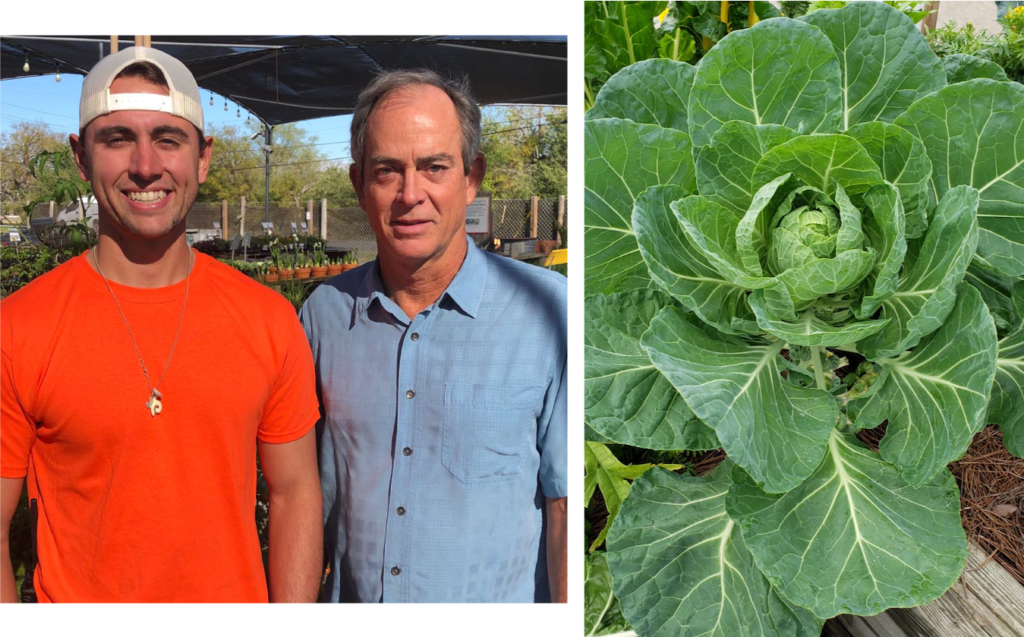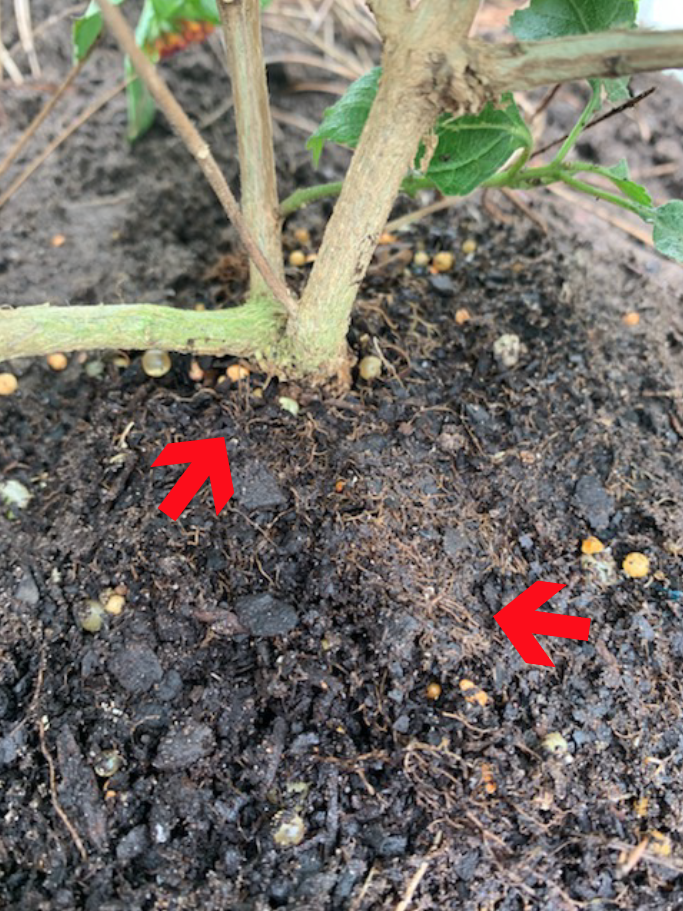We’re grateful for each other, our growers and suppliers, and most of all – YOU! We’re excited about 2020 and continuing to bring you the best. Happy Holidays and Happy New Year from everyone at Gill’s!

We’re grateful for each other, our growers and suppliers, and most of all – YOU! We’re excited about 2020 and continuing to bring you the best. Happy Holidays and Happy New Year from everyone at Gill’s!

James Gill had his annual Get Ready for Spring garden talk here at Gill’s last weekend. As always, it was a big hit – standing room only! In case you missed it, we decided to do a recap:
Prune Now
Do Not Prune
Prune AFTER Spring Bloom

-James
Thanks to your appreciation for good sharp tools, tool sharpening is now an everyday service here! Bring ‘em now for Spring projects.
Last week Keith shared with me his Swiss Chard success story. Years ago, he remembers (I don’t) James and I gave Sandy & Keith a pot of Swiss Chard for Christmas. Knowing that Keith is a gardener extraordinaire, we knew it was the perfect gift for them. Keith grows it all – Brussel sprouts, cabbage, broccoli, tomatoes, peppers, greens, herbs, and on and on! The Swiss Chard was such a hit with their family; it’s now one of his annual plantings.
Planted in the Fall, Winter or early Spring (now!) you’re guaranteed a good crop of tasty greens. Sandy is the family’s cook extraordinaire! She often stir-fries Swiss Chard, including the stalks, olive oil, garlic, a little lemon and salt for something simple and quick. Or, one of her favorite recipes is Seared Scallops with Bacon Braised Chard – she does it all.

Sandy and Keith make a very great team; we love them and their garden successes!

-Sally Gill
We have a passion for teaching and seeing your gardening success, and we know that gardening can seem challenging to the beginner since there’s so much to learn. That’s also the beauty of it – you can spend a lifetime gardening and still be learning!
We thought it would be fun to hold a talk for newcomers (either new to gardening or new to South Texas) to teach some secrets specific to our area. Here’s what James and Wyatt say would be their #1 piece of advice for newcomers. They’ll be discussing these topics and more this Saturday here at Gill’s – free and open to everyone!

James Gill – South Texas native, landscape designer, Texas Master Certified Nursery Professional (TMCNP), 42 years gardening and landscaping experience:
“Timing is so important! You don’t get beautiful tomatoes in April by planting them in March. And you’ll harvest way more strawberries in Spring by planting them in Fall. Maintaining a healthy lawn is much easier if you anticipate the seasonal periods that potential lawn problems are most likely to occur. Consistent gardening success is based on planning ahead, and we are here to help you with that.”
Wyatt Page – South Texas transplant, avid gardener, Garden Center Assistant Manager – 5 years gardening experience:
“Always start with the soil! It’s the home for your root system – the health of your plants is based on the quality of your soil. Here in South Texas, we have a somewhat tough soil for planting, but learning how to work with it will make you a successful gardener.”
Whether you are potting up new flowers for Spring or planting a new veggie garden, proper planting depth is critical to the success of your plant. All plants have surface level roots that are responsible for taking up water and nutrients to the rest of the plant; if the root ball is planted too deep, these roots can suffocate or rot. This causes the plant to decline rapidly. Here’s what those surface level roots look like:

When digging your hole for planting, dig twice as wide but only as deep as the root ball. If you dig too deep, soil can mound over the top and suffocate the feeder roots.

Once you have finished digging, place your plant into the hole to make sure you have the right depth. It’s okay for your plant to sit high in the hole – make sure the top of the root ball is not below ground level.

Now you can fill around the sides making sure that you don’t put any new soil over top of the existing root ball. As tempting as it may be, you should not cover the top of the root ball with pretty new soil! Covering it up with mulch is A-OK, just be sure not to stack mulch up against the trunk.


-Wyatt
Spring is in full swing and everyone is ready to get their lawn and landscape in shape for the season. Take these 3 steps to healthy grass that looks and feels great.
Remember – a healthy lawn keeps weeds and disease away. If you are having a problem with either, we can help! Bring us a sample of your grass, and we’ll diagnose and supply the best solution.
We’re so happy with the results we’ve seen from spreading Nature’s Blend that Gill’s is now offering this service! Give us a call if you’re interested in having us come out with our compost spreader and do the work for you.

– Wyatt